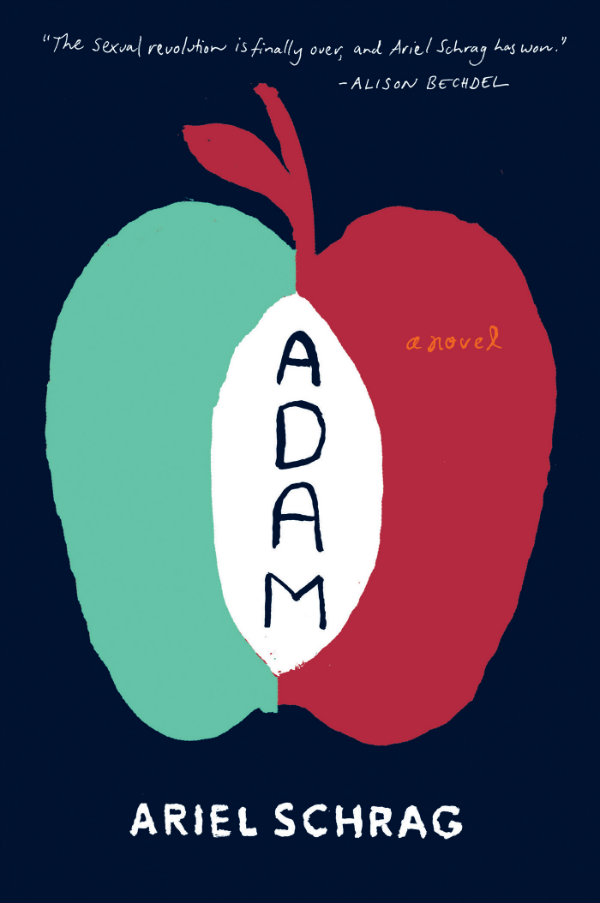
I’m speaking metaphorically here, in some cases. There’s certainly some geography involved here, and more than a little time, but either way: the trio of books I’m discussing today all veer in on a particular place, sometimes in time, sometimes not. And that sense of place is indeed neatly captured and relayed via the page in all three cases, with impressive results.
The main character of Ariel Schrag’s Adam is a seventeen-year-old guy California visiting his older sister in New York in the summer of 2006. As with many straight cisgendered teenage guys, his knowledge of (and sensitivity to) questions of sexuality and gender identity is…lacking, to say the least. All of this becomes very relevant when he falls for a young woman who believes that he’s trans. And while there’s mistaken-identity humor absolutely present in the book, Schrag doesn’t shy away from the fact that Adam’s haplessness is indicative of something more serious–in the background are everything from protests for marriage equality to the threat of transphobic violence. It’s a fine read, and one in which characters develop along often-unexpected lines. (This interview with Schrag is also worth reading.)
Louise Erdrich’s Books and Islands in Ojibwe Country is more of a straightforward travelogue, following a trip its author took with members of her family to the land in and around the Lake of the Woods. Throughout, there are meditations on language, culture, and books–what they mean in a societal context, how they are stored, how they age. It’s a short and resonant work that reveals hidden history and offers much to ponder.
Michael Streissguth’s Outlaw is a very different kind of cultural history: it delves into Nashville and parts of Texas in the 1960s and 70s, and discusses the birth of the Outlaw Country movement. This is largely conveyed through a focus on Willie Nelson, Waylon Jennings, and Kris Kristofferson, though I also appreciated Streissguth’s introductions to more obscure figures, some of whom delved into deeply ambitious projects that never saw the light of day, others of whom were lost to personal demons. It was a good primer on a musical scene I hadn’t known much about; as good music writing tends to do, it’s prompted me to check out more than a few artists and albums I hadn’t been aware of before reading it.
Follow Vol. 1 Brooklyn on Twitter, Facebook, Google +, our Tumblr, and sign up for our mailing list.
